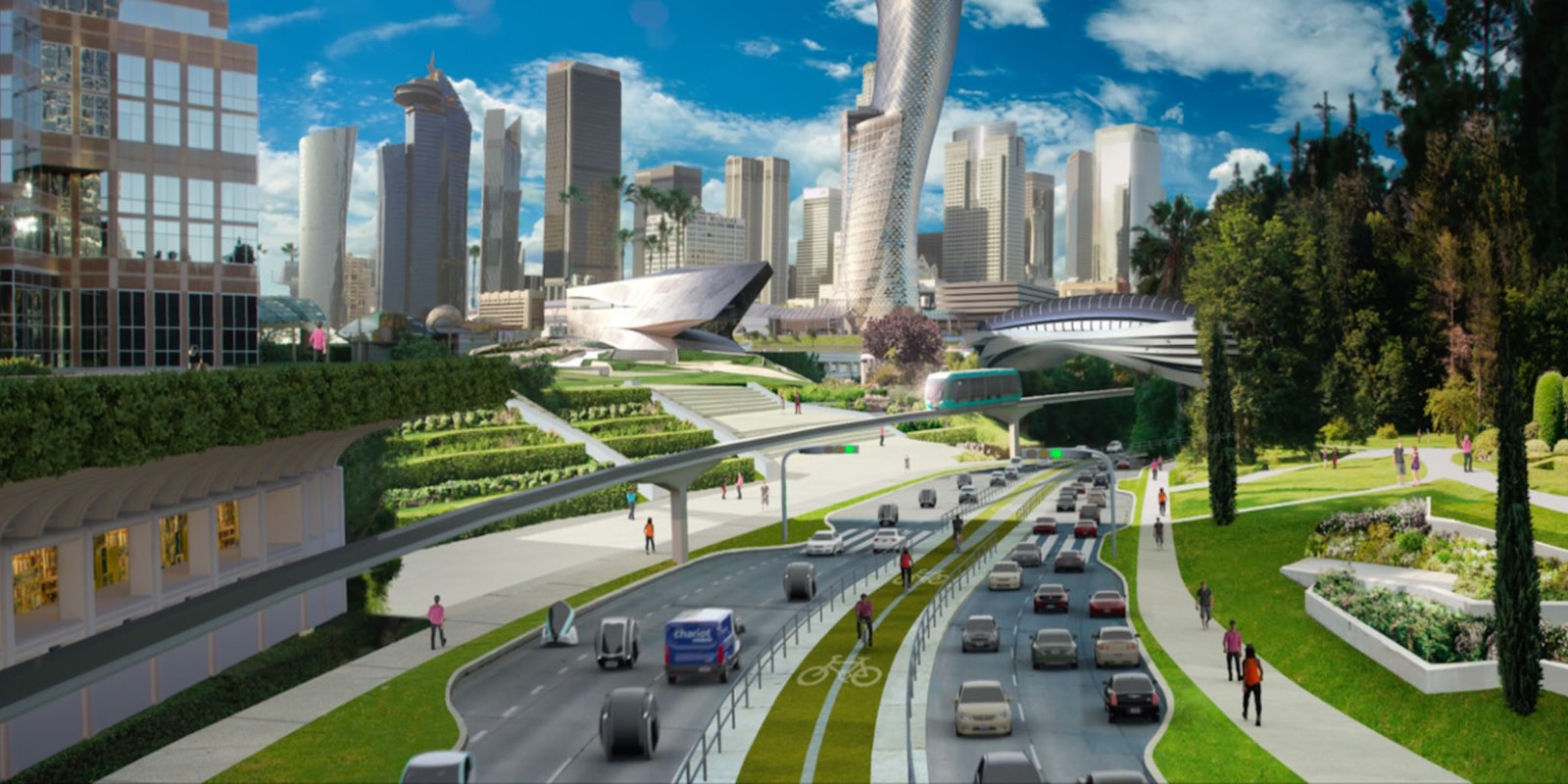PRESENTED BY FORD
A little over 20 years ago, an obscure technology called the internet started to pop up in cities around the world, connecting people like never before, and thus beginning a fundamental shift in the way that societies are structured.
Roughly 10 years ago, smartphones became commonplace, putting more computing power in the pockets of everyday people than the entirety of the supercomputers at NASA’s disposal when they first put men on the moon.
Today, email, text messaging, and social networking are all standard modes of communication. Stocks trade in milliseconds thanks to high-speed computer algorithms. With a few taps on the screen of a smartphone, you can order lunch, or buy something online and have it delivered the same day, or hail a ride-sharing service to your door within a few minutes.
It’s estimated that computer processing power doubles every two years, which means that the technological feats of which we are capable are growing at an exponential rate. It also means we haven’t seen anything yet.
We are now more interconnected than ever, so just imagine what another 20, or 50, or 100 years will bring.
Many of today’s leading minds are focused on just that. The City of Tomorrow initiative, presented by Ford, is intended to tackle the challenges being faced by today’s cities and build upon the networks of efficiency and connectivity we have already conceived.
Today’s cities face heavy gridlock, significant air pollution, and increasingly outdated infrastructures. Ford’s vision is to help make people’s lives better by changing the way the world moves.
“This is an issue that goes far beyond congestion. It is one that represents a massive challenge to mankind, one that affects our well-being and access to health care, clean drinking water, food, a safe place to live and even the ability to find work,” says Bill Ford, executive chairman, Ford Motor Company. “By solving the mobility challenge, we have the chance to create a better world for future generations.”
In the near term, the City of Tomorrow will begin to build the fundamental infrastructure for large-scale, fully-integrated transportation operating systems.
Cities will continue the conversion to alternative energy sources, like solar and wind power. Mobility will change with the gradual introduction of self-driving vehicles and an increasing number of electric vehicles on the road. In the next five years alone, 20 million new cars will be equipped with built-in modems, allowing them to connect to the transportation operating system as it develops, and giving city managers a greater degree of traffic management possibilities.
As the infrastructure grows, we will see the advent of wireless charging for electric vehicles, as well as far more sharing options. Ride-hailing and sharing services will continue to increase, and dynamic shuttle services will crowd-source pick-up locations and alter their routes based on need.
In the longer term, as connectivity grows, and more and more vehicles are plugged into central transportation operating systems, the City of Tomorrow will be increasingly adaptable, with more options for mobility than ever before. A greater concentration of electric autonomous vehicles will reduce emissions, eliminate traffic jams, and bring automobile accidents to nearly zero. Less demand for parking will create extra room for more green spaces within cities. Drones will deliver emergency medicine or survey damages in the aftermath of disasters.
City managers will have access to greater amounts of data from all aspects of the transportation ecosystem, including vehicles, bikes, drones and mass transit as well as street lights, parking meters and charging infrastructure. This will allow for advances like dynamic roads, which can divert autonomous vehicles in real time to avoid pedestrians, unforeseen obstacles, and each other.
As new technologies emerge, Ford’s vision is to integrate them into a system of total multi-modal mobility—to collaborate with cities, governments and other organizations and make the City of Tomorrow a city of efficiency, connectivity, and possibility.
It will be a future and a city for everyone.


